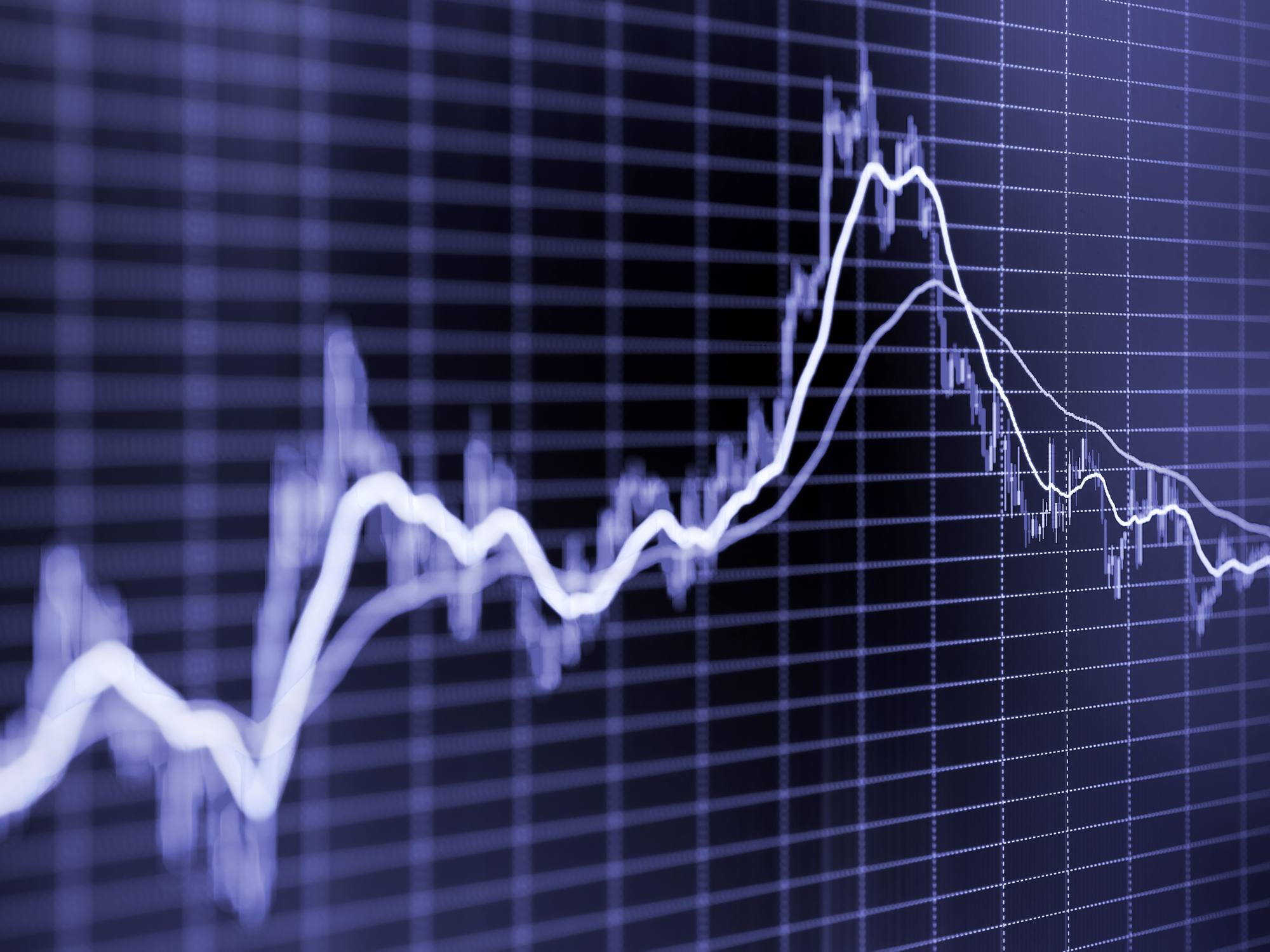If you listen to the news of the day on your way to work in the morning, chances are you will hear a report about the status of the Dow Jones Industrial Average. Mentions of the Dow are even more frequent when it approaches a new high as it did in the beginning of 2017, surpassing 20,000. Charles Dow, the American journalist who created the index, would probably be proud of where it sits today, but it wasn’t always so well-known, and it wasn’t always setting new highs that made it famous.
Dow Jones Industrial Average Origins
The Dow Jones Industrial Average came into existence on May 26, 1896, but it wasn’t until 1907 that the index started to become widely talked about. A severe recession began that year. Banks were collapsing and the New York Stock Exchange fell by almost 50%. It was during that tumultuous period that people became desperate for something to help measure and explain what was actually happening to the country economically. The statistics we rely on now to assess the health of the economy were not yet established. Statistics such as the unemployment rate and the gross domestic product were immature and unreliable measures then. In the absence of other polished statistics, people turned to the Dow to help them understand how bad things were and whether or not they were getting better.
Price-Weighted Indicies
The Dow’s incredible history has a lot to do with why it is still prevalent today, but as a meaningful measure of the stock market, it has its limitations. The Dow is a price-weighted index, which means that it focuses on the share price of the stocks within the index. In order to determine the Dow Industrial Average, you add up the share price of the 30 stocks included in the index and divide by a number called the Dow Divisor, which is a proxy for the number of stocks in the index.
Price-Weighted Index: Sum of Share Prices ÷ Number of Stocks
Price-weighting methodology gives extra weight to companies with high share -prices. However, it is possible for a company to have a high share price but not actually contribute much to the economy. It is also possible for a company to have a low share price, but be economically significant. By focusing simply on share price, indices like the Dow exclude companies such as Alphabet (Google) and Facebook despite their importance.
Cap-Weighted Indices
In the 1970s, indices like the Dow became available as investment vehicles in the form of index funds. Although the first index investment was based on the Dow Jones Industrial Average, the ones that followed used a different methodology. Instead of price-weighting, fund companies began to do cap-weighting. Capitalization-weighted indices consider both a company’s share price and the number of its outstanding shares. By multiplying share price by outstanding shares, you have a better idea of a company’s size and what the market thinks the company is worth.
Market Capitalization: Share Price x Shares Outstanding
An index that weights stocks by their capitalization will include the largest, most valuable companies and give more weight to them. By December 31, 1975, the Vanguard Group created what would later become the Vanguard 500 Index, a cap-weighted fund designed to track the Standard & Poor’s 500 Composite Stock Price Index. Cap-weighted indices have grown in popularity ever since.
While a small number of financial institutions may have enjoyed a cozy, early monopoly on cap-weighted index funds, the popularity of these funds has attracted some determined competition. The effort to create the most cost-effective cap-weighted index created a price war. Cap-weighted indices are not complicated investment vehicles, so it makes sense that their operating expenses would be low. But the idea they would be as low as they currently are was hard to foresee. The chart below demonstrates just how cost-effective cap-weighted funds have become:
| Fund | Ticker | Expense Ratio |
| Vanguard 500 Index Fund | VFINX | 0.14% |
| Fidelity 500 Index Investor | FUSEX | 0.09% |
| Schwab S&P 500 Index | SWPPX | 0.03% |
And the cost savings don’t stop there. Many institutions have even eliminated the transaction costs of buying and selling cap-weighted funds.
Risks of Investor Euphoria
This is all welcome news to investors, but the intense focus on cost has obscured another change in indexing. Today, not everyone believes that cap-weighting is the best design for an index. In the 2000 to 2002 market crash, for example, some analysts noticed that losses in cap-weighted indices were worsened by the euphoria for technology stocks. As investors bid up the price of technology stocks, the tech sector assumed a larger and larger presence in cap-weighted index funds. In less than two years, from 1998 to 2000, the weight of the technology sector in the S&P 500 Index more than doubled from a recent historical average of 15% to 35%. When the crash happened, the cap-weighted Vanguard 500 Index lost almost 50% because of its suddenly substantial exposure to the technology sector.
Fundamentally-Weighted Index Funds
To address some of the risks of euphoria in indices, analysts such as Research Affiliates founder Bob Arnott sought a different index methodology and created fundamentally-weighted index funds. Fundamentally-weighted index funds try to measure a company’s economic footprint: what it actually contributes to the economy. Weighting companies by their fundamentals — things like revenue, retained cash flow, and dividends — provides some insulation from the risks of investor euphoria.
Other Weighting Methodologies
There are other weighting methodologies that try to mitigate investor euphoria. Some indices screen out stocks with exuberant prices. By eliminating stocks with prices that are too high relative to the company’s balance sheets, an index can avoid being teased into overweighting stocks that might be more vulnerable to losses and instead give more weight to stocks with higher long-term expected returns.
Risk
Indexing has come a long way since the creation of the Dow in 1896. The universe of index funds continues to expand. For investors, this means better options to invest in low-cost cap-weighted index funds or their newer, thoughtfully constructed counterparts. Even fundamentally-weighted index funds and index funds that screen out overpriced stocks, however, require a high tolerance for risk. Whatever the preferred methodology, developing a strategic approach tailored to the individual, family, their accounts, and their financial plan is paramount. For a more personal, meaningful conversation, please call your investment advisor to discuss how he or she can be of help.


